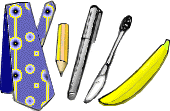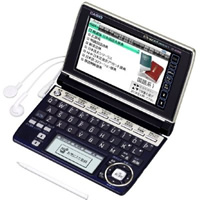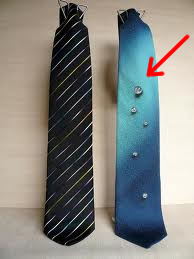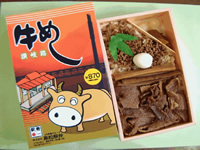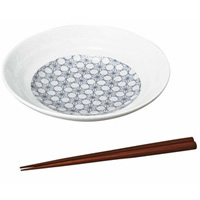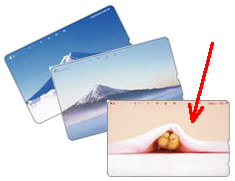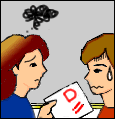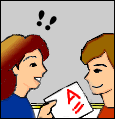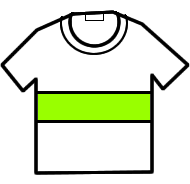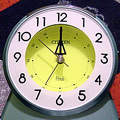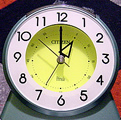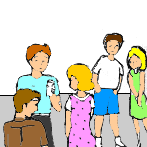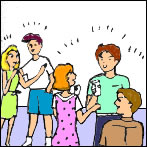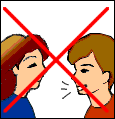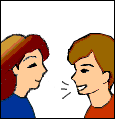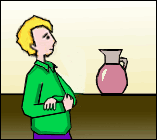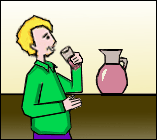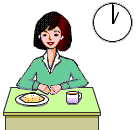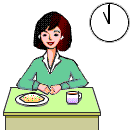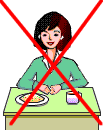Group Session
Say the て form of the following verbs: いいます(いう) → いって
1. |
はなします(はなす): speak → |
2. |
よみます(よむ): read → |
3. |
みます(みる): see/watch/look → |
4. |
いきます(いく): go → |
5. |
かいます(かう): buy → |
6. |
のみます(のむ): drink → |
7. |
のります(のる): ride → |
8. |
みせます (みせる): show → |
9. |
いれます(いれる): put in → |
10. |
します(する): do → |
11. |
います(いる): stay/be located → |
12. |
おきます(おきる): get up → |
13. |
あります(ある): be located/have → |
14. |
かきます(かく): write → |
15. |
ききます(きく): listen → |
16. |
とります(とる): take→ |
17. |
うたいます(うたう): sing → |
18. |
でかけます(でかける): go out → |
19. |
あびます(あびる): take [a shower]→ |
20. |
きます(くる): come → |
21. |
はいります(はいる): enter → |
22. |
もちます(もつ): hold/have → |
23. |
かえります(かえる): return → |
24. |
およぎます(およぐ): swim → |
25. |
わかります(わかる): understand → |
26. |
たべます(たべる): eat → |
27. |
はじまります(はじまる): [something] begins → |
28. |
おわります(おわる): [something] ends → |
29. |
つくります(つくる): make/cook → |
| Ex. | もういちど/いう → もういちど いってください。 |
1. |
ゆっくり/はなす |
2. |
このかんじ/よむ |
3. |
こくばん/みる |
4. |
バス/いく |
5. |
あたらしいきょうかしょ/かう |
6. |
みず/のむ |
7. |
くるま/のる |
8. |
ぎんこう/いく |
9. |
コンピュータ/かばん/いれる (put in) |
10. |
シャワー/7じ/あびる |
本 counter |
まい counter |
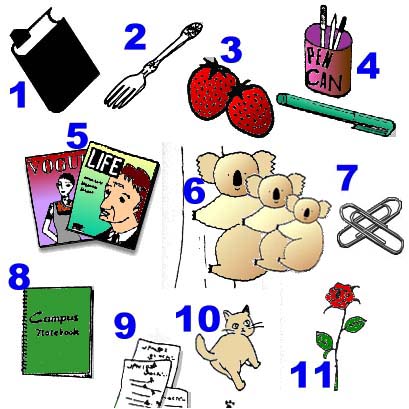 |
さつ counter |
ひき Counter |
|
こ counter |
つ counter |
| A: なにが ありますか。 B: 日本ごの きょうかしょが 二さつ あります。 |
|||
1.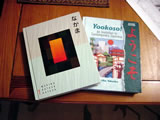 きょうかしょ (2) |
2. ワイン(6) |
3. かみ(50) |
|
5. クリップ(26) |
6. ざっし(3) |
7. いぬ(1)/ねこ(1) |
8. ミニトマト(1)、なす(2)、 オクラ(2) |
Example  ぶんぼうぐ (stationary) |
1. とけい |
2. 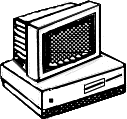 でんきせいひん (electrical appl.) |
3.  しょくひん (food products) |
4.  しんしふく (men's clothes) |
5.  きもの |
6.  こうげいひん (arts & crafts) |
7.  ほん |
8.  ふじんふく (ladies clothes) |
9. かばん |
10.  かぐ (furniture) |
11.
 けしょうひん (cosmetics) |
→ ~にございます/~でございます
You are at a department store looking for the items shown below. Please ask the store clerk where the specific department is located by using ~うりば (e.g., かぐうりば = furniture department). Note: (1) There are two ways to ask the question (どこですか or どこにありますか). (2) Store clerks use more polite expressions. (~でございます or ~にございます, respectively).
|
R |
ゆうえんち (amusement center) ビアガーデン (beer garden) |
||||||
8F |
レストラン | |||||||
7F |
ぶんぼうぐ、ほん、CD 、おもちゃ (toys) | |||||||
6F |
でんきせいひん (electrical appliances)、とけい | |||||||
5F |
かぐ (furniture)、しょっき (tableware) だいどころようひん (kitchenware) |
|||||||
4F |
こうげいひん (crafts and gifts)、きもの | |||||||
3F |
ふじんふく (women's clothes) | |||||||
2F |
しんしふく (men's clothes) | |||||||
1F |
ほうせき (jewelry)、くつ (shoes) 、かばん アクセサリー、ネクタイ 、けしょうひん (cosmetics) |
|||||||
B1 |
しょくひん (foods) |
Xを Qty と Yを Qty かいました
Carry on the following conversations. Report what you bought.
|
| Spell out the following numbers in hiragana. | ||
| 1 | 365 |
|
| 2 |
3333 |
|
| 3 |
5,6800 |
|
| 4 | 98,4300 |
|
| 5 |
273,5934 |
|
| 6 |
4872,4682 |
|
| 7 |
1,0000,0000 |
|
| 8 | 9823,7564 |
|
| Read the following with the appropriate counter. (Caution: The numbers are written in Western-style.) | ||
| 9 |
101 (dogs) | |
| 10 |
2500 (yen) | |
| 11 | 4,035 (sheets) | |
| 12 |
23,408 (pens) | |
| 13 |
450,720 (books) | |
| 14 |
9,710,964 (yen) |
|
| 15 | 130 (floors) |
|
| 16 | 8,320 (T-shirts) | |
Act out shopping situations with the classmates by following the model conversation.
| Items | Unit
Price |
Qty. | Hands over |
Total | Change | ||||||||||||||||||
| Ex. |
|
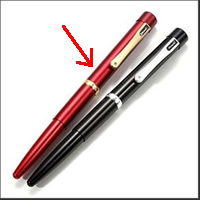 |
150円 | 3 | 1000 | 450 | 550 | ||||||||||||||||
| 1 | 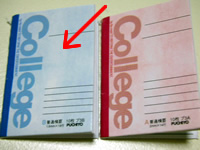 |
150円 | 5 | 1000 | 750 | 250 | |||||||||||||||||
| 2 |  red construction paper (がようし) |
25円 | 8 | 1000 | 200 | 800 | |||||||||||||||||
| 3 |  |
1500円 | 2 | 5000 | 3000 | 2000 |
Act out shopping situations with the classmates by following the model conversation.
| Customer |
すみません、そのネクタイを みせて下さい。 |
| Clerk |
こちらでございますか。はい、どうぞ。 |
| Customer |
これは、いくらですか。 |
| Clerk |
一万円でございます。 |
| Customer |
もうすこし (or もっと) やすいのは ありませんか。 |
| Clerk |
こちらは いかがでございますか。 一本8000円でございます。 |
| Customer |
いいですね。じゃ、これをおねがいします。 はい。(Hands over 一万円.) |
| Clerk |
2000円のおかえしでございます。ありがとうございました。 |
| Items | Unit
Price 1 (円) |
Unit Price 2 (円) | Paid | Change | ||
| Ex. | ネクタイ |
10000 |
→ | 8000 |
10000 |
2000 |
| 1 | おべんとう (box lunch) | 2000 |
→ | 1500 |
2000 |
500 |
| 2 | じしょ (dictionary) |
4500 |
→ | 3500 |
5000 |
1500 |
い-Adj + く + なります
Describe the change of states using Noun + に + なります or い-Adj + く + なります forms. Think which one you need --- an い-adjective or noun to refer to the changes below. (Review the い-adjective list in Vocabulary Summary for L. 9.)
|
1
|
|
|||
|
2
|
|
|||
|
3
|
|
|||
|
4
|
My grade got better. My grade became an A.
|
|||
|
5
|
The apartment rent (やちん) has increased (became more expensive). |
|||
|
6
|
 → →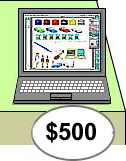 |
|||
|
7
|
The T-shirt shrinked (i.e., became smaller).
|
|||
|
8
|
The clock advanced one hour (i.e., became earlier: はやい).
|
|||
|
9 |
The apple (りんご) became red. |
|||
| 10 | 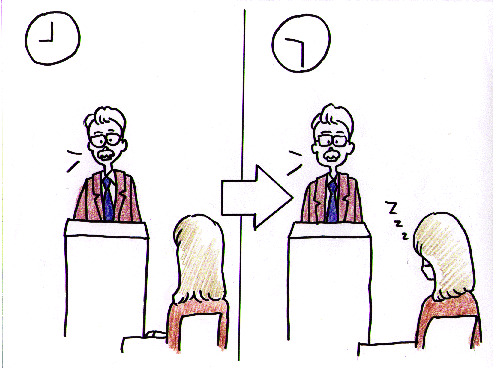
|
|||
| 11 |
|
|||
| 12 | 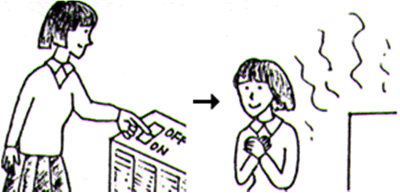 |
|||
| 13 |
|
|||
| 14 |
|
1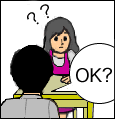 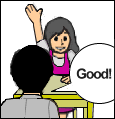 not understand understand えいごが________なりました |
2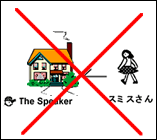 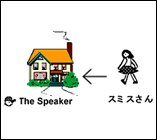 not everyday everyday まいにち スミスさんが________なりました |
3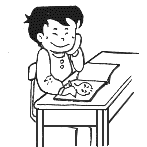 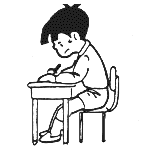 not study study よく ____________なりました |
4 日本ごを __________なりました |
5 ワインをよく __________なりました |
6 11じにひるごはんを_________なりました |
1  understand not understand えいごが________なりました |
2  come not come スミスさんが________なりました |
3 あまり ____________なりました |
4 日本ごを __________なりました |
5 あまりワインを__________なりました |
6 ひるごはんを_________なりました |
On T-Square's Voice Board (one of the Wimba links), record your part of the conversation (Part B) based on what you hear (Part A). Before going to the Voice Board, you can listen to Part A below. Type what you hear (Part A) and prepare your lines (Part B) accordingly below and practice your lines (Part B). When ready, go to T-Square and record your answers (Part B only). The same conversation is on T-Square's Voice Board.
You are buying a box lunch (おべんとう) at the station. There are different types of box lunches in front of you. Some are more expensive than others. You have 5000-yen to spend, but you don't want to spend too much.
| 1 | 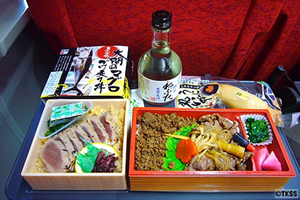 Typical Box Lunches |
|
| 2 | ||
| 3 | ||
| 4 |
The store clerk put it into the shopping bag. |
|
| The conversation ends here. Answer the following question orally. | ||
| 5 | ||
New Kanji: 百千万新古少白買右左長売言話国語 (16)
You will be asked to read and write the following kanji.
| Reading | Writing | ||
| 1. | 三百万本 | 1. | コンビニのみぎにふるいたてものがあります。 |
| 2. | 一千万円 | 2. | もうすこしながいロープはありませんか。 |
| 3. | 白いくるまを買いました。 | 3. | あのにほんじんはちゅうごくごをはなします。 |
| 4. | 新しいコンピュータ | 4. | 「Left はえいごでひだり」といいます。 |
| 5. | 新聞 | 5. | ペンをひゃくごじゅっぽん かってください。 |
| 6. | ぶんぼうぐ売りば | 6. | そのけいたいをみせてください。 |
Read the following conversation between two roommates and answer the questions below.
キム: 何を買ってきましたか。 |
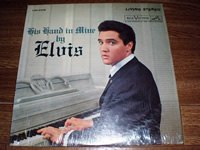 |
|
